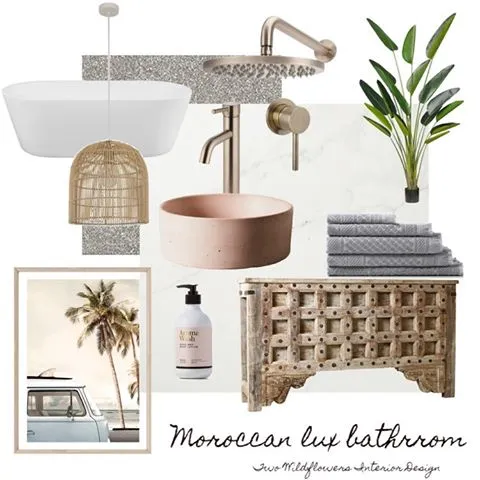Interiors
How To Create a Cohesive Mood Board
Style Sourcebook Profile: Two Wildflowers Interior Design
Creating a cohesive mood board is key if you want to create a Pinterest worthy interior. We get it, planning for a renovation, new build or interior project can be quite challenging and stressful at times. While the countless options of dining tables and rugs are great, it can make for quite an overwhelming selection process. Or, if you're anything like us and love all different styles of design, it can be hard to narrow down the particular style of your project and in turn you end up creating a Mid Century, Coastal Hampton, Californian Bungalow house that may not exactly flow the greatest. Well, we have good news for you. We recently had a chat with some of our long-time users, Interior Designers Hayley and Bonnie from Two Wildflowers Interior Design, and asked them their top tips when it comes to creating a cohesive mood board for their interior projects (we can almost hear your sigh of relief from here).
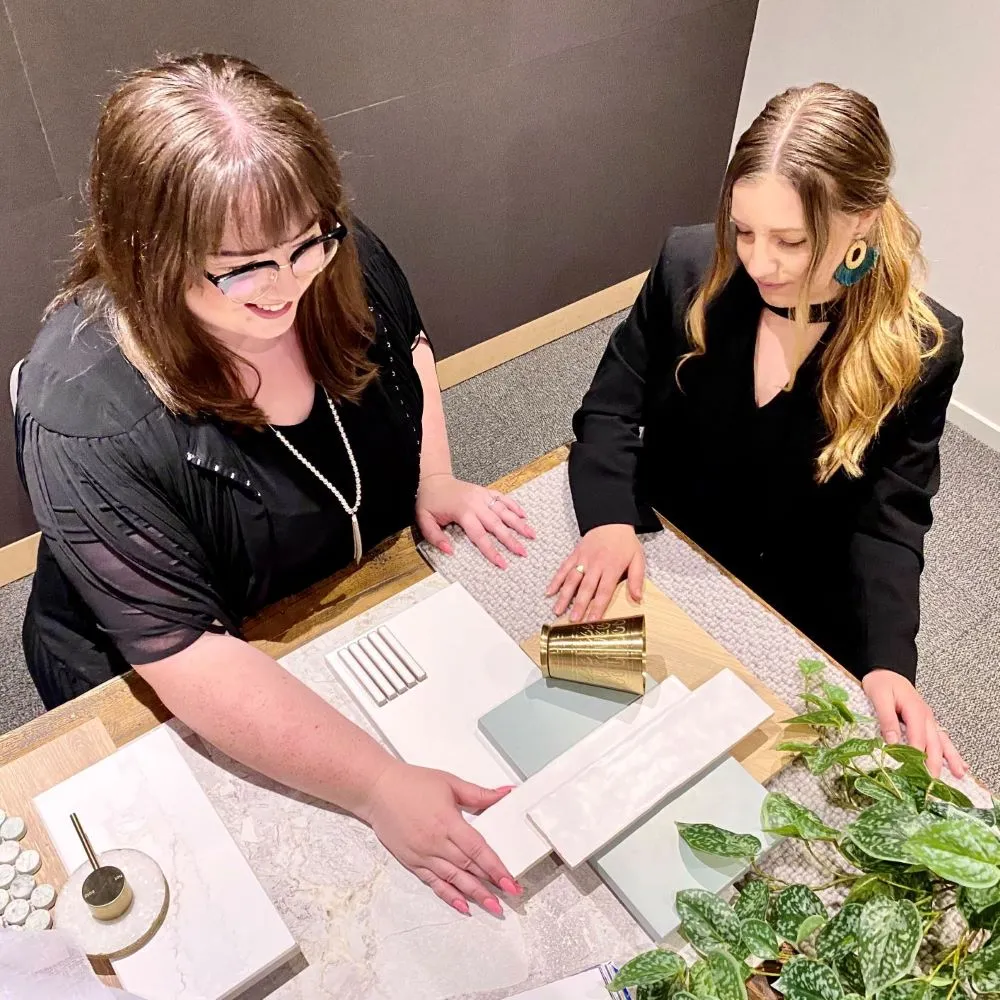
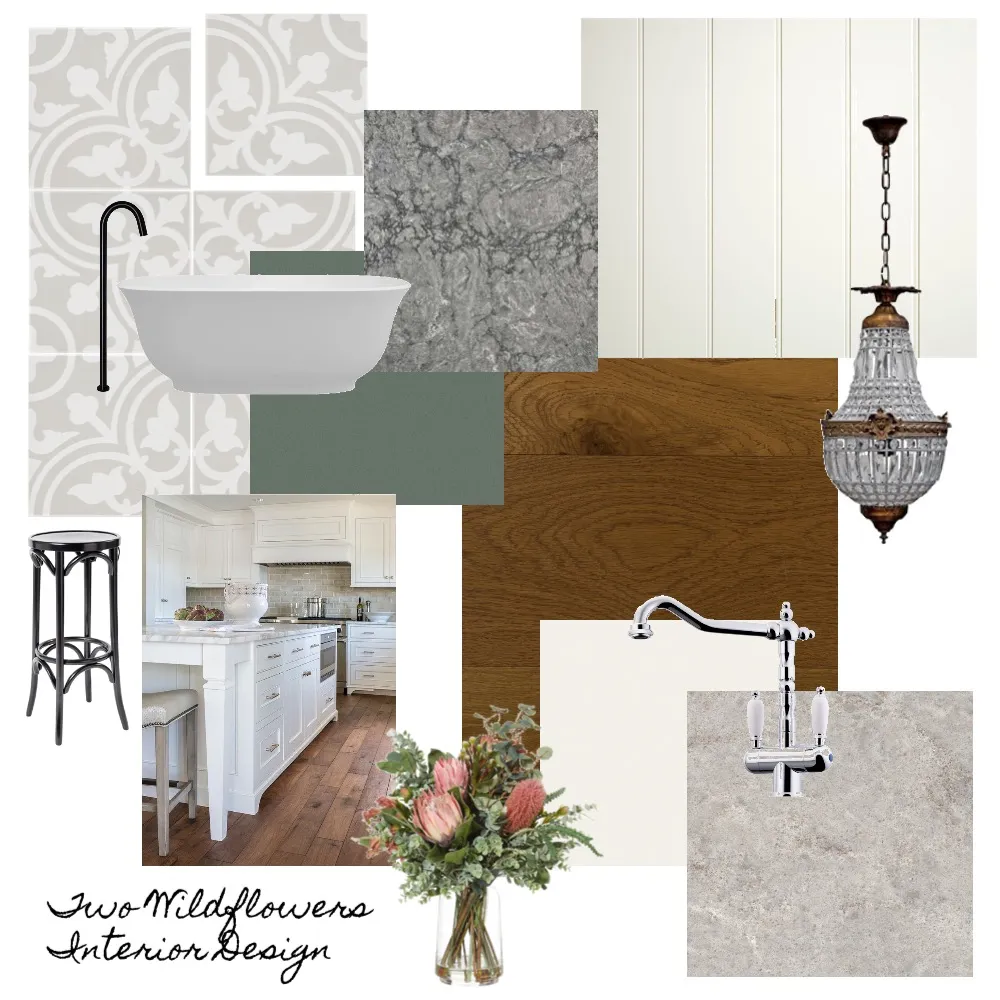 Kitchen Mood Board here.
Kitchen Mood Board here.
1. Start off with a key piece to base your mood board scheme from.
This will help establish your colour palette and will determine the overall creative direction your project may take. This could be a piece of artwork, a rug that you love or a piece of furniture that you want to be the focal point. Draw from the different tones, textures and ambience found in your key piece and it will be much easier for you to build upon from there.
2. Arrange your mood board in the way that you would view your actual space in real life.
When editing the size of the products you are dragging into the mood board, try to make them to scale as much as possible. E.g. place the rug underneath your coffee table rather than putting the coffee table in the top corner (unless you plan on having a floating coffee table…). This will help you visualise the pieces all together and establish whether they work well together or if you need to choose something else.
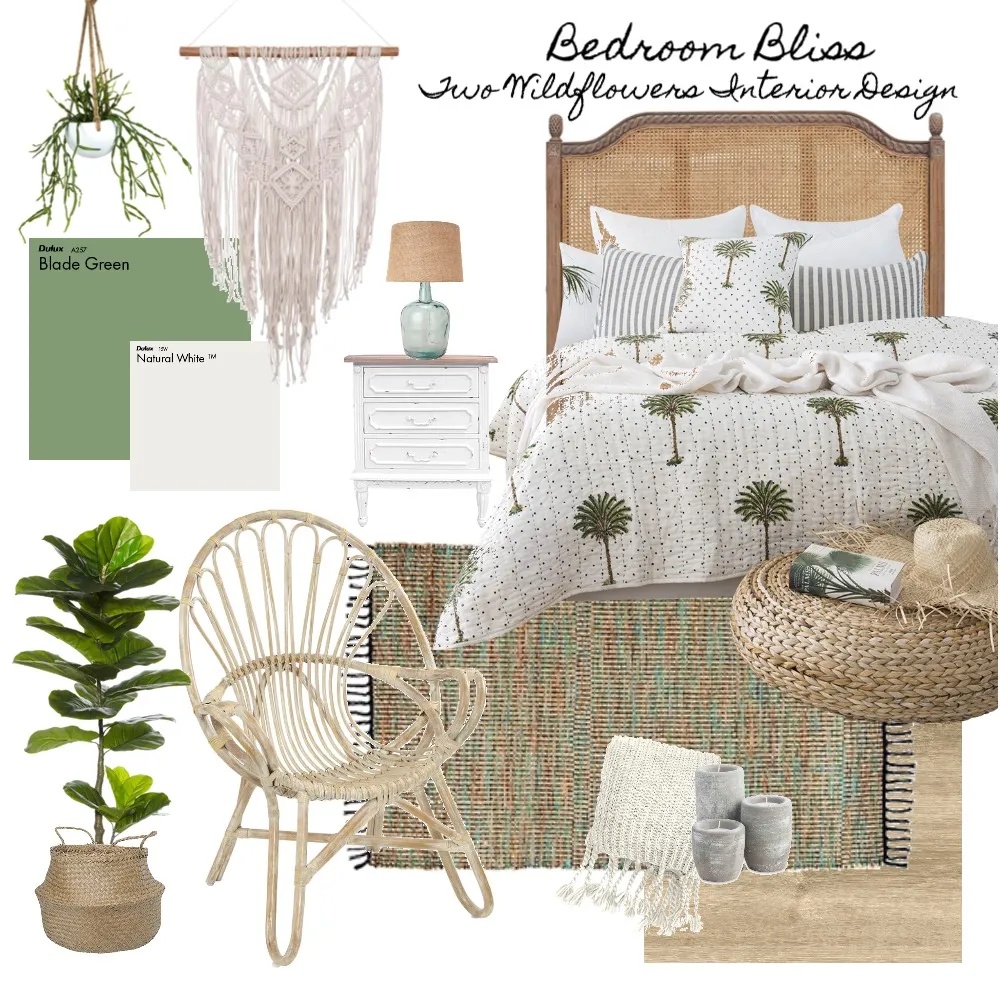 Coastal Boho Bedroom Mood Board here.
Coastal Boho Bedroom Mood Board here.
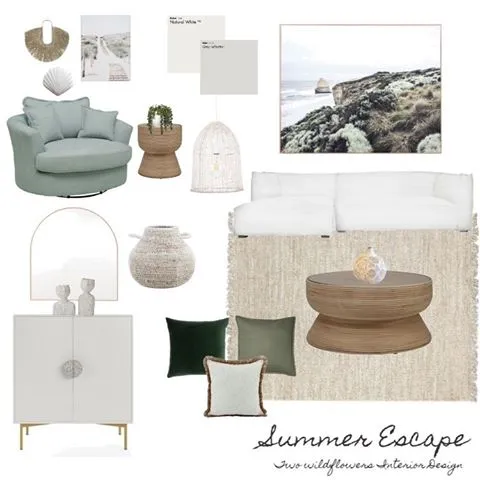
3. Collect inspiring images from different websites and include real life images to portray your desired look and feel.
This might look like including an image of a finished bathroom that you love the look of or including an image of a styled lounge room that you are drawing inspiration from. It always helps to see a finish space and take inspiration from that when composing your mood board (remember, only take inspiration from a finished project and put your own creative flair and take on it).
4. Use a variety of different hard and soft textures to create interest and a sense of depth in your space.
This could be making sure you have included some soft, luxurious towels combined with your vanity, tile and basin selection for your bathroom. Using a variety of different textures is what will make your mood board feel complete and interesting. It helps to have a check list of all the elements that would be in your room and include a product/image of each.
5. Include pieces and elements that you love!
This is extremely important because at the end of the day this is your project, and you are going to be the one living in it. It’s crucial that you include colours, textures and styles that you love and that you want to live in. For us, we absolutely love greenery and include this in nearly all our mood boards. We feel like it is what gives our mood boards character and personality.
Well, if that doesn’t make you want to stop what you’re doing and start creating a mood board then we don’t know what will. Mood boards are where the magic for your interior project all begins and are a critical step when planning your space! To sum it, the key to creating a cohesive mood board is to begin with a key piece, arrange the elements as you are seeing it in real life, scale your images to real-size as much as possible, use a variety of different textures and includes pieces that you love. Happy mood boarding friends!
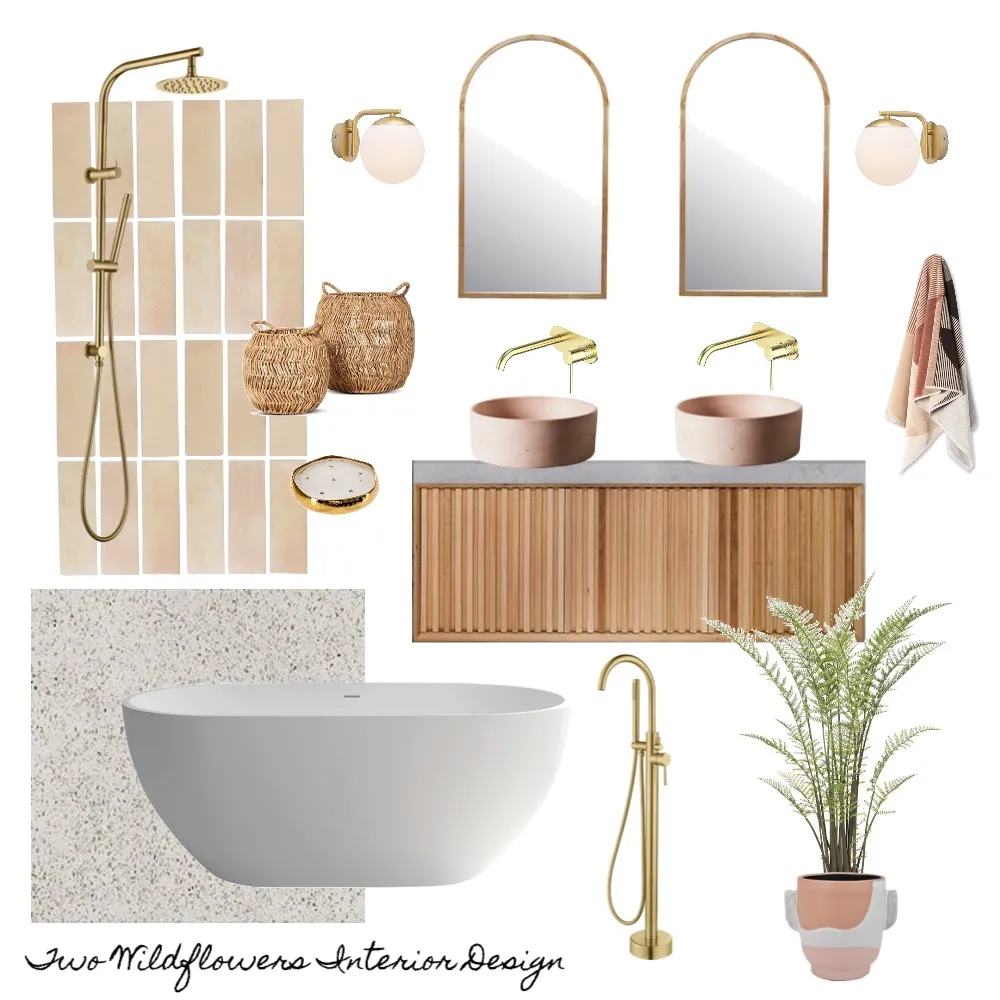 Boho Bathroom Mood Board here.
Boho Bathroom Mood Board here.
